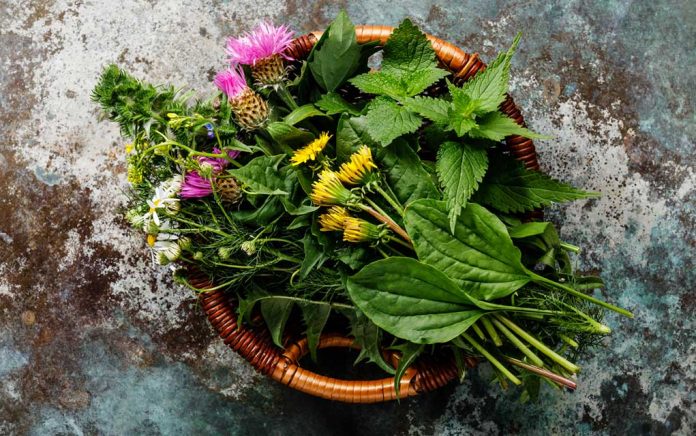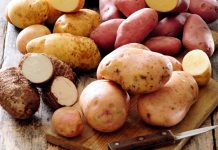
The Weed You Need & How to Grow It in Your Backyard
(AscendHealthy.com) – Weeds — they’re unsightly, crowd out your grass, and detract from your home’s curb appeal. But is that all they do? Absolutely not! Common weeds growing along your fence, in your yard, and from the cracks in your sidewalk are often more nutritious than greens you can purchase at your local health food store, based on a study that originated at the University of California at Berkeley.
Why Would You Want to Eat Weeds?
What’s in a weed? Fiber, protein, vitamins A, C, and K, manganese, beta carotene, calcium, and iron are all found in abundance in many weeds. Edible weeds are thought to cure what ails you, and they offer a little more variety in taste and texture. What’s more, they have enough calories to keep you going if you have no other food source to rely on. Of course, you can’t (and shouldn’t) rely on weeds for all of your nutritional needs, but you could incorporate a few tasty ones into the dishes you eat and reap the benefits.
7 Nutritious Weeds in Your Yard
All weeds are not created equal, and some are not tasty, nor are they edible. The following weeds are both edible and delicious:
- Dandelions – Dandelion greens and roots can be eaten cooked or raw; you can even blend them up and use them as a skin treatment. Some claim that dandelions can fight inflammation, control blood sugar, reduce cholesterol, and lower blood pressure.
- Chickweed – Chickweed is very similar to spinach. It is best served raw and finely chopped.
- Plantain – The leaves of the plantain herb are best eaten when they’re young and tender. They can be bitter and a bit tough, so they are best when they’re boiled or blanched.
- Garlic mustard – Garlic mustard tastes just like the name sounds and is one of the tastiest weeds you can consume. You can eat the stalks, leaves, and seeds of this plant. You can even make mustard with the seeds.
- Oxalis – Oxalis (wood sorrel) looks like clover, but the leaves are heart-shaped. Oxalis can be eaten raw by itself or used as a garnish. It has a tasty zing that’s best added to dishes in moderation because of the oxalates it contains, which can cause kidney stones in people who are prone to them.
- Dock – Dock is an extremely common weed that invades most lawns. It is a highly nutritious, albeit bitter green. It can cause stomach upset and should be consumed in moderation.
- Lamb’s quarters – Known as wild spinach, lamb’s quarters is a massive plant that grows to be 5 feet. However, you should only harvest leaves of young plants less than a foot tall. It has been called one of the two most nutritious plants in the world!
There are many other edible weeds out there, and they vary by region. For more information on edible weeds in your area, look for regional native plant information online and check foraging identification guides.
How to Prepare Your Backyard Harvest
You can consume edible weeds as part of just about any dish. Chop them up and put them in a salad or add them to homemade soup. Some forms of weeds can also be dried and used as seasonings or used as tea. There are lots of great recipes online.
Just as you would prepare fresh produce, you should wash all weeds you harvest from your garden. Try to avoid weeds that may have been sprayed with pesticides or that have been exposed to contaminated run-off. Make sure you correctly identify the weeds you’re picking, since there could be harmful plants growing in your backyard, too. If you have any questions about adding a particular plant to your diet, speak with your doctor.
Weeds may not be your first thought when planning your meal, but they can be a healthy addition to your diet. They’re inexpensive, right at hand, and full of vitamins and nutrients. And if you aren’t comfortable foraging in urban areas for your own greens, many wildcrafted weeds are available from health food and specialty produce stores.
~Here’s to Your Healthy Ascension!
Copyright 2023, AscendHealthy.com




















